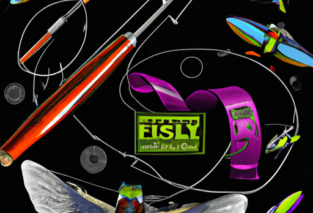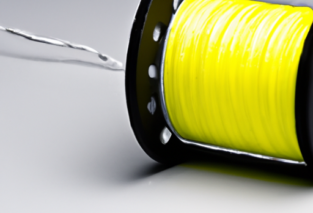Are you eager to try your hand at fishing but lack access to a boat? Look no further! Introducing “Can You Go Shore Fishing: Tips and Techniques for Fishing from Shores.” In this comprehensive guide, you will discover invaluable tips and techniques to make your shore fishing experience a success. From choosing the right fishing spot to understanding the equipment needed, this product has got you covered. So pack your gear, grab your rod, and get ready to embark on an exciting fishing adventure right from the shores!
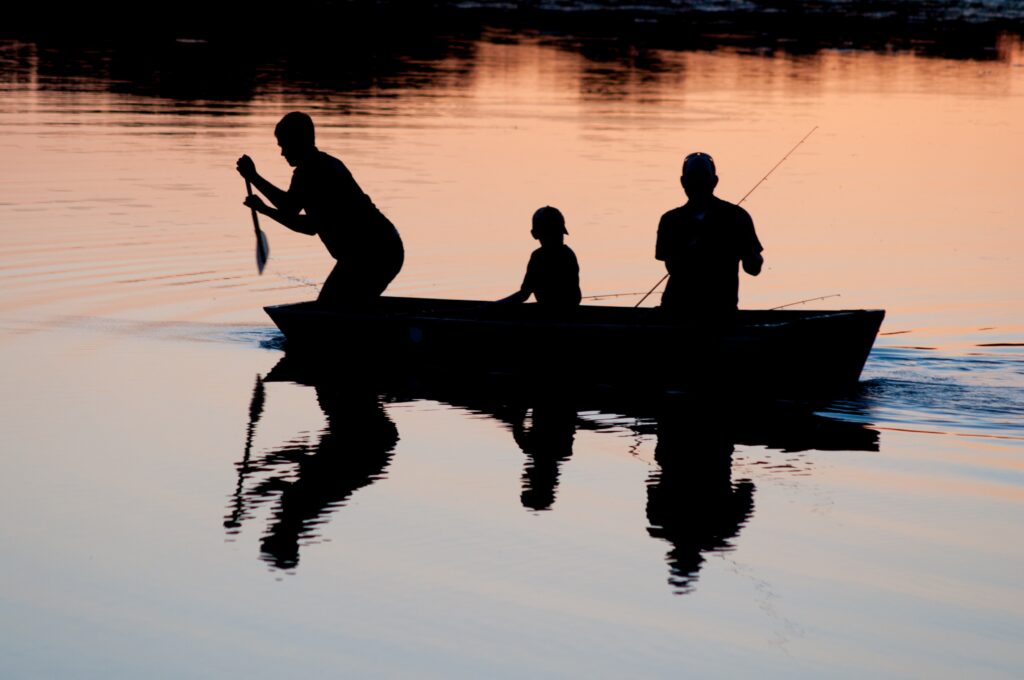
Choosing the Right Location
When it comes to shore fishing, choosing the right location is crucial for a successful fishing trip. Researching fishing spots in your area can greatly increase your chances of catching fish. Look for areas known for their abundance of fish species you are targeting. Online fishing forums, local bait and tackle shops, and talking to experienced anglers can provide valuable insights into the best fishing spots in your area.
Before heading out to your chosen fishing spot, it is important to consider local regulations. Fishing regulations can vary from one location to another, so make sure you are aware of the rules and regulations specific to the area you plan to fish in. This may include fishing licenses, catch limits, and restrictions on specific fishing methods or bait.
Assessing access to the shoreline is another important factor to consider. Look for areas that provide easy and safe access to the water. This can include public fishing piers, docks, or areas with clear and unobstructed shorelines. Easy access to the shoreline ensures that you can cast your line efficiently and have a comfortable fishing experience.
Identifying prime fishing areas is also essential. Look for signs of fish activity such as baitfish jumping, birds diving, or ripples in the water. These are indications that there may be feeding fish in the area. Also, keep an eye out for underwater structures such as submerged rocks, fallen trees, or weed beds, as these can serve as excellent hiding spots for fish.
Understanding the Season and Time of Day
To maximize your chances of catching fish, it is important to understand how different seasons and times of the day can affect fish behavior. Adapting your fishing techniques to the current season can greatly improve your success rate.
Different seasons can bring changes in water temperature, fish migration patterns, and feeding habits. For example, during the summer months, fish tend to move to deeper, cooler waters, while in the spring and fall, they may be more active in shallower areas. Understanding these seasonal patterns can help you target your fishing efforts more effectively.
Recognizing daily fishing patterns is equally important. Many fish species have specific times of the day when they are more active and feeding. Keep track of your catches and note down the time of day each fish was caught. Over time, you may start to notice patterns and be able to predict when the fish are most likely to bite.
The optimal time of day for shore fishing can vary depending on the species you are targeting. Generally, early morning and late afternoon tend to be the most productive times as fish are more active during these cooler parts of the day. However, it is always a good idea to experiment and try fishing at different times to see what works best for you.

Selecting the Right Gear
Having the right fishing gear is essential for a successful shore fishing experience. Start by choosing the right fishing rod for your needs. Consider the length, power, and action of the rod. Longer rods are advantageous for shore fishing as they allow for longer casting distances, while shorter rods provide more control in tight spaces. Select a rod with the appropriate power and action to handle the fish species you are targeting.
Selecting the appropriate fishing reel is also important. Spinning reels are a popular choice for shore fishing due to their versatility and ease of use. Consider the size and line capacity of the reel, as well as its drag system and gear ratio. A reel with a smooth drag system and a higher gear ratio can help you reel in fish more effectively.
Matching your fishing line to the target species is crucial. Different fish species require different line strengths and types. For smaller fish, a lighter monofilament or fluorocarbon line may be sufficient, while larger fish may require a braided line or stronger monofilament. Make sure your line is strong enough to withstand the fighting power of the fish you are targeting.
Carrying essential tackle and bait is a key aspect of shore fishing. This can include hooks, weights, swivels, and various artificial lures or live bait. It is a good idea to have a variety of tackle options available to adapt to different fishing conditions and target species. Research the preferences of the fish in your area to select the most effective bait and lures.
Utilizing fishing floats and bobbers can also be beneficial. These small floating devices are attached to the fishing line and help keep the bait or lure at a desired depth. Floats and bobbers can improve your visibility of bites and help you present the bait or lure at the right level in the water column.
Mastering Casting Techniques
Casting is a fundamental skill in shore fishing, and mastering different casting techniques can greatly improve your accuracy and distance. Perfecting the overhead cast is a good starting point. This technique involves bringing the fishing rod backward, over your shoulder, and then forward in a fluid motion. Practice the timing and release of the line to achieve a smooth and accurate cast.
Practicing the sidearm cast is another valuable technique. This is particularly useful when fishing in areas with low hanging obstacles such as trees or bushes. The sidearm cast involves holding the rod parallel to the ground and casting the line to the side with a swinging motion.
Learning the roll cast is beneficial when dealing with limited space or when casting against the wind. The roll cast involves using the tension of the water to load the rod and propel the line forward in a tight loop. Practice the timing and wrist movement to achieve a smooth roll cast.
There are alternative casting techniques that can be useful in specific fishing situations. These include flipping and pitching, which are short-distance casts used when targeting specific spots or structures. Underhand casting can also be helpful in situations where you need to cast the line under overhanging structures.
Dealing with wind and obstacles is a common challenge in shore fishing. When facing strong headwinds, casting into the wind can be difficult. Adjust your casting technique by lowering your casting angle and putting more power into the cast. Casting parallel to the shoreline can also help minimize the impact of crosswinds. When fishing in areas with obstacles, such as trees or rocks, practice accurate casting techniques to avoid snagging your line.
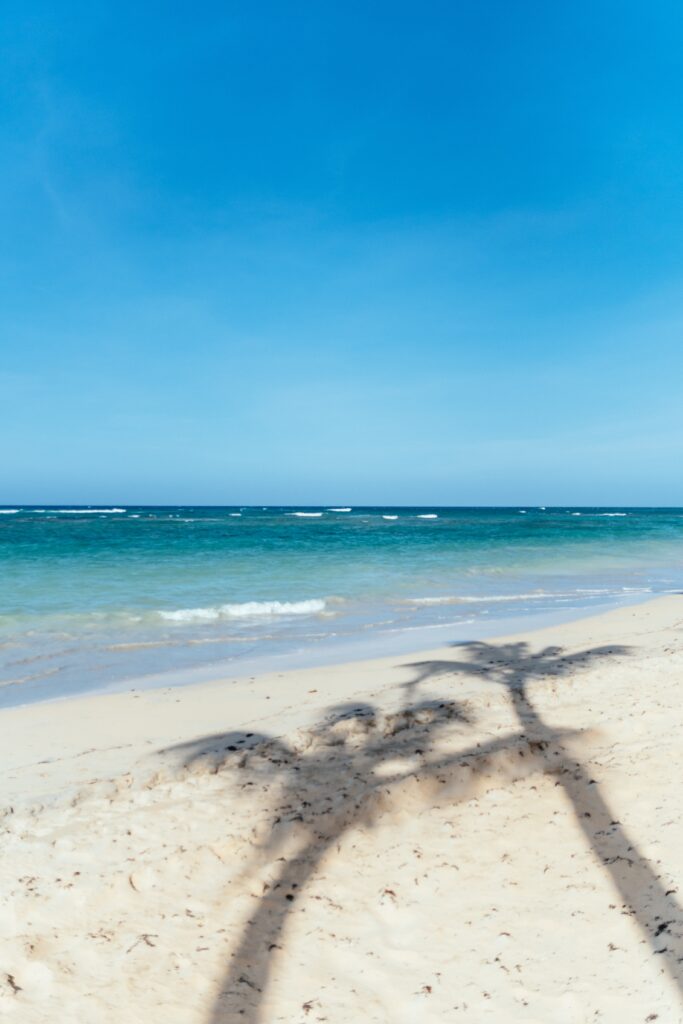
Reading the Water
Being able to read the water is a valuable skill for shore fishing. Understanding the currents and tides can help you locate areas where fish are likely to congregate. Look for areas where currents create eddies, drop-offs, or structure changes. These are often prime feeding areas for fish.
Identifying underwater structures is another essential aspect of reading the water. Fish are attracted to features like submerged rocks, fallen trees, and weed beds, as they provide shelter and food sources. By observing these underwater structures, you can better understand where fish are likely to be located.
Spotting changes in water conditions can also be indicative of fish presence. Look for areas where the water color or clarity changes, as this may indicate the presence of baitfish or feeding fish. Pay attention to areas where birds are actively diving or feeding, as they can be a helpful indicator of fish activity.
Using Effective Fishing Techniques
Different fishing techniques can be employed to maximize your chances of catching fish from the shore. Bottom fishing is a popular technique where the bait or lure is presented on or near the lake or riverbed. This technique can be effective for species that feed close to the bottom, such as catfish or carp.
Float fishing involves suspending the bait or lure at a predetermined depth using a float or bobber. This technique allows you to present the bait mid-water, where many fish species feed. Adjust the depth of the float to match the desired feeding level of the fish.
Drift fishing is a technique where the bait is allowed to move with the current. This can be done by casting your bait upstream and allowing it to drift naturally downstream. Drift fishing is particularly effective in rivers or streams and can attract the attention of actively feeding fish.
Pole fishing is a simple and effective technique for shore fishing. It involves using a long pole or rod without a reel. This technique is commonly used in freshwater fishing and can be advantageous in areas with tight spaces or structural constraints.
Jerking and twitching techniques can be employed when using artificial lures. These techniques imitate the movements of injured or fleeing prey and can trigger aggressive strikes from predatory fish. Experiment with different jerking and twitching motions to find what works best for the fish species you are targeting.

Applying the Right Knots
Properly tying knots is crucial to prevent the loss of fish and gear. There are various knots that every shore angler should be familiar with. The Palomar knot is a strong and simple knot widely used in fishing. It is particularly effective for attaching hooks or lures to the fishing line.
The clinch knot is another essential knot. It is commonly used to secure the fishing line to the fishing hook or lure. The improved clinch knot is a slight variation of the traditional clinch knot and provides even greater strength.
The blood knot is widely used to join two lines of similar diameter. It is particularly useful when you need to extend your fishing line or create a leader line. Practice tying the blood knot until you can do it confidently and efficiently.
The double uni knot is a versatile knot that can be used to join lines of different diameters or to create a loop at the end of the fishing line. This knot is commonly used in situations where you need to attach a leader or connect two lines of unequal strength.
Familiarizing with Safety Measures
Safety should always be a top priority when shore fishing. Becoming aware of weather conditions is crucial, as strong winds, lightning, or sudden changes in the weather can pose dangers. Check the weather forecast before heading out and be prepared to postpone your fishing trip if conditions are unfavorable.
Using proper sun protection is essential, especially during prolonged fishing trips. Wear sunscreen, a hat, and polarized sunglasses to protect yourself from harmful UV rays. Sunburn and eye damage can quickly ruin a day of fishing, so make sure to take necessary precautions.
Wearing suitable footwear is important for stability and safety. When shore fishing, you may encounter slippery rocks or uneven terrain. Invest in a good pair of sturdy, non-slip shoes or boots to ensure you can navigate safely in and out of the water.
Being cautious of slippery rocks and the shoreline is essential to prevent accidents and injuries. Wet rocks can be extremely slippery, so take your time and watch your step when moving around. Be mindful of slippery surfaces near the water’s edge and always exercise caution to avoid falls or other accidents.
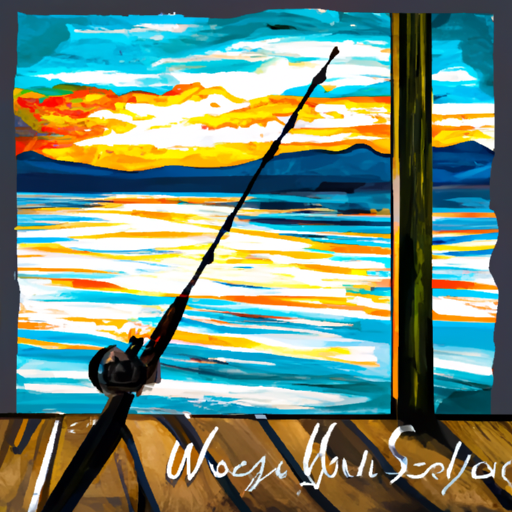
Tips for Successful Shore Fishing
Observing and learning from experienced anglers is a valuable way to enhance your shore fishing skills. Pay attention to where they fish, what techniques they use, and the gear they employ. Experienced anglers can provide valuable tips and insights that can greatly improve your fishing success.
Experimenting with different lures and baits is another key aspect of shore fishing. Different fish species have varying preferences, so try using different types of lures and baits to see what works best. Keep track of what is productive and adjust your tactics accordingly.
Patience and persistence are essential qualities for successful shore fishing. Fish may not always be biting, but with perseverance, you increase your chances of success. Stay focused, remain patient, and keep trying different techniques until you find what works.
Being mindful of noise and disturbances is crucial, as fish are easily spooked. Avoid unnecessary splashing, loud noises, or sudden movements that may scare fish away. Move quietly and avoid unnecessary disturbances to maintain a calm and productive fishing environment.
Keeping the fishing area clean is not only respectful but also helps preserve the environment for future anglers. Dispose of any waste properly and avoid leaving behind any litter. Consider bringing a small bag to collect any trash you may encounter while fishing, helping keep the area pristine for everyone to enjoy.
Respecting the Environment and Wildlife
Practicing catch and release is an important aspect of responsible fishing. If you do not plan on keeping the fish you catch, handle them with care and release them in a gentle manner. Hold the fish horizontally, avoid squeezing or damaging their fins, and minimize their time out of the water.
Disposing of waste responsibly is essential for the protection of the aquatic environment and wildlife. Always carry a bag for any trash you generate during your fishing trip and dispose of it in designated waste bins. This helps prevent pollution and ensures that the fishing area remains clean and safe for both fish and other wildlife.
Avoiding disturbing nesting areas is crucial to protect the breeding grounds of fish and other wildlife. Be mindful of any signs or indications of nesting or breeding sites and keep your distance. Disturbing these areas can have long-lasting negative effects on the local ecosystem.
Being respectful of other anglers is important when shore fishing. Give other anglers enough space to fish comfortably and avoid casting your line too close to theirs. Respect their fishing spot if they were there before you and always maintain a friendly and courteous attitude towards fellow anglers.
By following these tips and techniques for shore fishing, you can increase your chances of having a successful and enjoyable fishing experience. Remember to respect the environment, be mindful of safety measures, and always practice catch and release when appropriate. Happy fishing!



